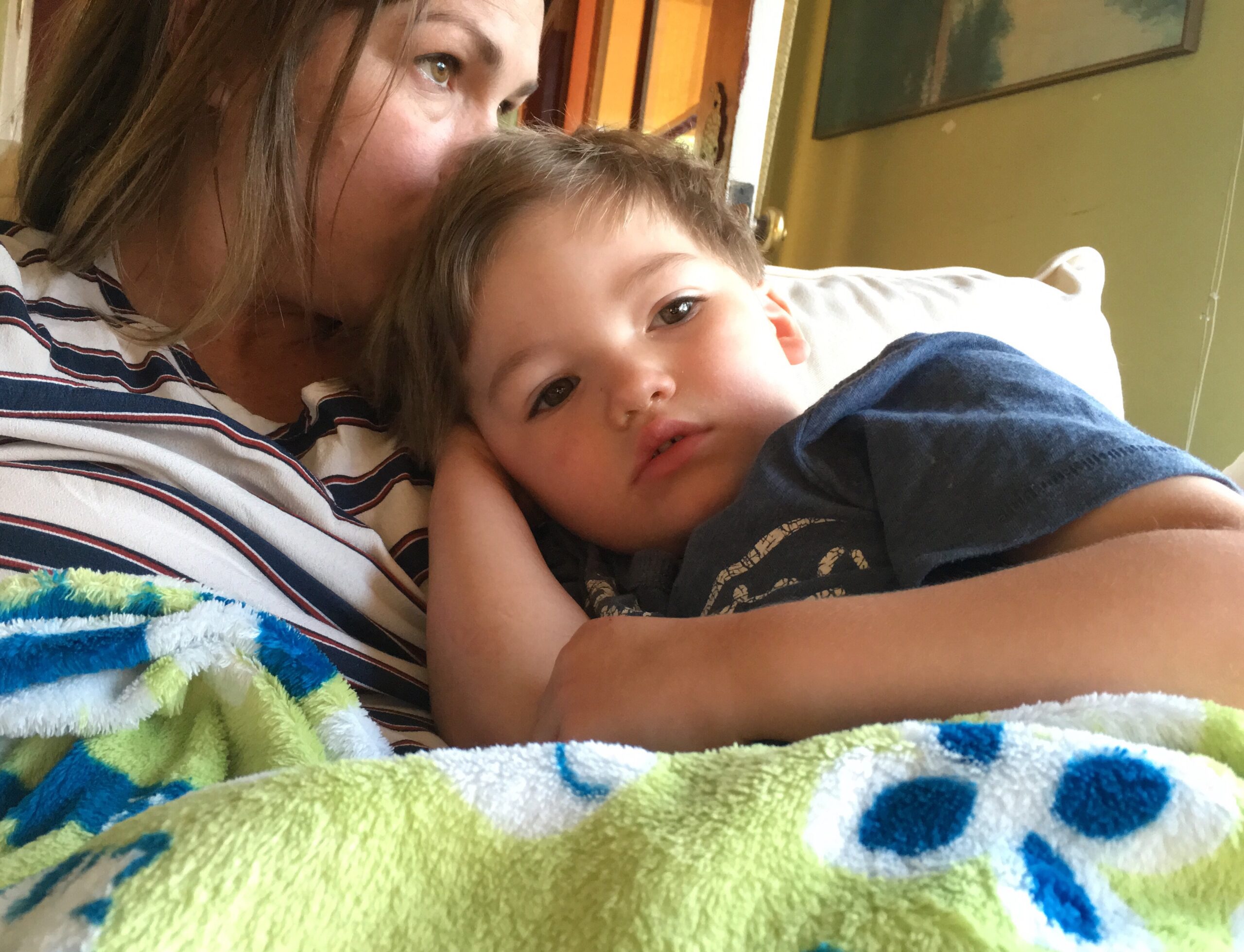Myrtelle is investigating potential gene therapies for DFNB-8, a specific type of inherited hearing loss.

Myrtelle’s program to develop a novel gene therapy for DFNB8 genetic hearing loss includes low-dose recombinant adeno-associated virus (rAAV) gene therapy delivery of a therapeutic TMPRSS3 (transmembrane protease, serine 3) gene by local administration directly to the inner ear. Across its gene therapy programs, Myrtelle utilizes direct administration of low-dose gene therapy to target key cell types involved in the disorder, thereby avoiding immune-related and off-target effects that can arise with high-dose gene therapy administration delivered systemically. This strategy, currently being developed for Myrtelle’s central nervous system (CNS) programs, can be leveraged to other therapeutic areas outside the CNS, including adjacent and related areas such as the ear where local gene therapy delivery is potentially advantageous for hearing loss disorders such as DFNB8. Preclinical studies in the mouse model of DFNB8-mediated deafness have demonstrated that delivery of a wild type TMPRSS3 gene was able to promote hair cell and neuron survival and improve hearing function.

DFNB8 is a type of genetic disorder associated with hearing loss. It is one of the many types of hereditary hearing loss classified under the DFNB (Deafness, Autosomal Recessive) category. DFNB-8 is caused by a mutation in the TMPRSS3 gene, which the hair cells of the inner ear need to make a protein called TMPRSS3. Hair cells are critical for turning small changes in air pressure (sound) into electrical signals in the brain, and TMPRSS3 protein is necessary for their function and survival. TMPRSS3 gene mutations cause hair cell loss and loss of hearing. Some individuals with mutations in this gene are born with profound deafness (DFNB-10). Others experience a delayed onset of hearing loss (DFNB-8). Both groups will have significant difficulty or are completely unable to hear sounds. As it’s genetic, the condition often runs in families, and affected individuals often require interventions like hearing aids or cochlear implants to aid their hearing.
DFNB-8 is a type of inherited hearing loss caused by mutations in the TMPRSS3 gene. This gene is essential for the production of TMPRSS3 protein, which is necessary for the function and survival of hair cells in the inner ear. These hair cells are crucial for converting sound waves into electrical signals that the brain can interpret. Mutations in the TMPRSS3 gene lead to the loss of these hair cells, resulting in hearing impairment.
Both DFNB-8 and DFNB-10 are caused by mutations in the TMPRSS3 gene, but they differ in the onset and severity of hearing loss. Individuals with DFNB-10 are typically born with profound deafness, whereas those with DFNB-8 may experience a delayed onset of hearing loss. In both cases, the hearing loss is significant, and individuals may have substantial difficulty hearing or may be completely unable to hear sounds.
Since DFNB-8 is a genetic condition, treatment primarily focuses on managing the symptoms of hearing loss. This may include the use of hearing aids or cochlear implants to improve hearing capabilities. Early diagnosis and intervention are important to help individuals with DFNB-8 develop communication skills. In addition, genetic counseling is often recommended for families affected by this condition to understand the inheritance pattern and implications for future generations.
DFNB-8 is an inherited genetic condition, typically following an autosomal recessive inheritance pattern. This means that an individual must inherit two copies of the mutated gene, one from each parent, to manifest the condition. Parents who are carriers (having one mutated gene and one normal gene) usually do not show symptoms but have a 25% chance with each pregnancy to have a child affected by DFNB-8. Genetic testing and counseling can provide more specific information for families concerned about the risk of passing this condition to their children.